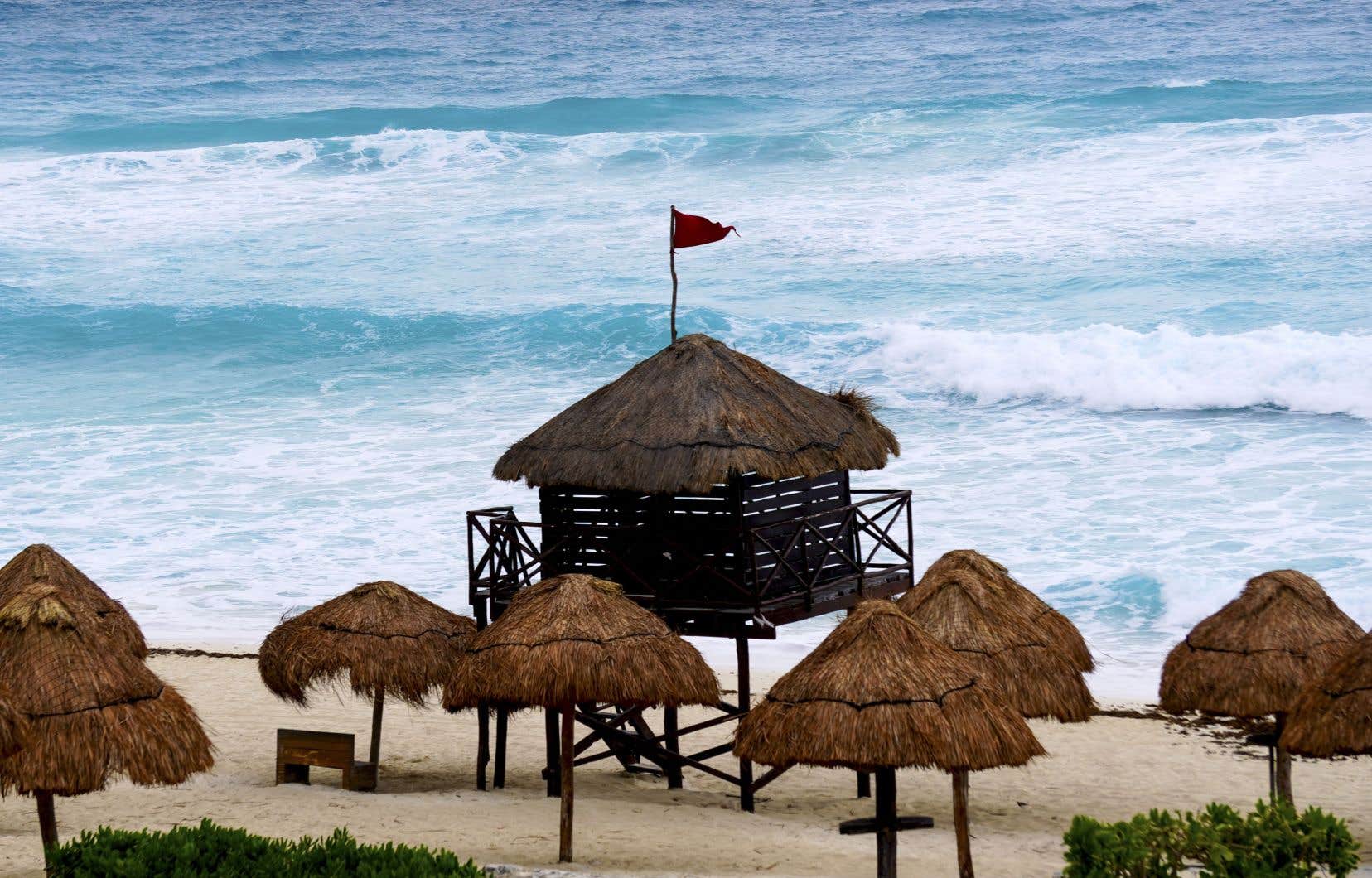Hurricane Beryl slammed into Mexico’s Yucatan Peninsula near the resort town of Tulum as a Category 2 storm early Friday, lashing trees and knocking out power after wreaking havoc and killing at least 11 people across the Caribbean region.
Beryl is expected to quickly weaken to a tropical storm as it crosses the peninsula before re-emerging in the Gulf of Mexico and likely regaining hurricane strength, the U.S. National Hurricane Center said.
Once in the warm waters of the Gulf, Beryl is expected to head toward northern Mexico, near the border with Texas, an area that was already soaked by Tropical Storm Alberto a few weeks ago.
In recent days, Beryl has wreaked havoc in Jamaica, St. Vincent and the Grenadines and Barbados. On Tuesday, it became the earliest Category 5 hurricane to develop in the Atlantic. Three people were killed in Grenada, three in St. Vincent and the Grenadines, three in Venezuela and two in Jamaica, officials said.
Beryl made landfall as a Category 4 hurricane in Grenada, “completely destroying the islands of Cariacou and Petite Martinique,” said Rhea Pierre, disaster manager for the International Federation of Red Cross and Red Crescent Societies.
“The state of emergency remains in these islands where the official count of people housed in shelters is still unknown and where communication channels are very limited,” she added.
After making landfall in Mexico on Friday, Beryl’s maximum wind speeds decreased to 160 kilometers per hour, but Tulum will continue to see “significant and destructive waves,” the hurricane center said. The area is expected to see heavy rainfall and potential flooding in the coming hours, according to Mexico’s National Water Commission.
Before the hurricane hit, Mexican authorities had evacuated some tourists and residents from low-lying areas of the Yucatan Peninsula, but tens of thousands of people remained behind to ride out the expected high winds and storm surges. Much of the area around Tulum is just a few meters above sea level.
The city was plunged into darkness as the storm knocked out power as it made landfall. High winds set off car alarms across the city. Wind and rain continued to lash the seaside town and surrounding areas Friday morning.
No deaths or injuries had been reported as of Friday morning, but 40% of Tulum’s electricity was still out, said Laura Velázquez, Mexico’s national civil protection coordinator.
“Don’t go out right away, wait until the hurricane has completely passed,” Mr.me Velázquez during a video press conference in the morning.
Once a quiet, sleepy village, Tulum has seen rapid development in recent years and now has around 50,000 permanent residents and at least as many tourists per day. The resort now has its own international airport.
The storm’s center was located about 16 miles (25 kilometers) north-northwest of Tulum on Friday and was moving west-northwest at about 15 miles (24 kilometers) per hour, according to the hurricane center.
Preparation
As the storm approached, authorities set up shelters in schools and hotels. When winds began gusting on Tulum’s beaches on Thursday, officials on four-wheelers with megaphones drove across the sand asking people to leave, and authorities closed and evacuated beachfront hotels. Sea turtle eggs were even removed from beaches threatened by the storm surge.
Earlier this week, the hurricane damaged or destroyed 95 percent of homes on two islands in St. Vincent and the Grenadines. It also tossed fishing boats in Barbados, tore off roofs and knocked out power in Jamaica.
Union Island, part of Saint Vincent and the Grenadines, is littered with debris from houses that appeared to have exploded.
